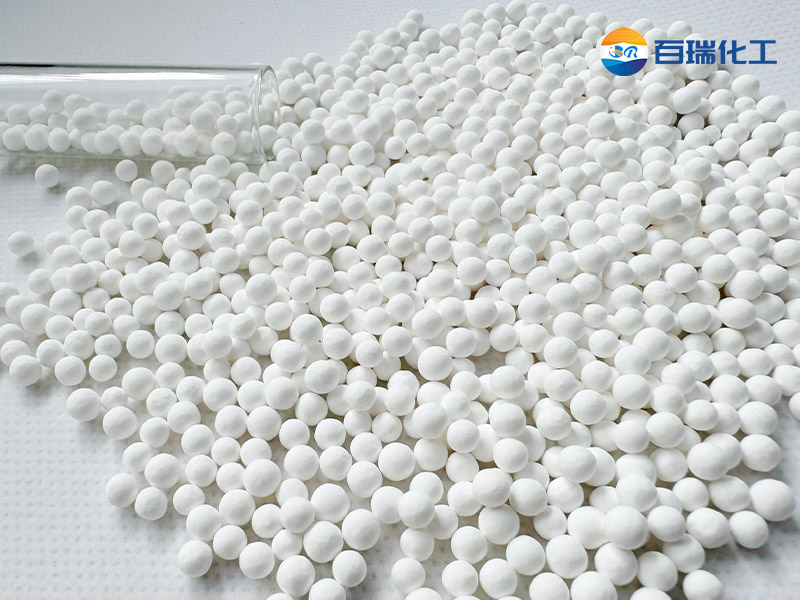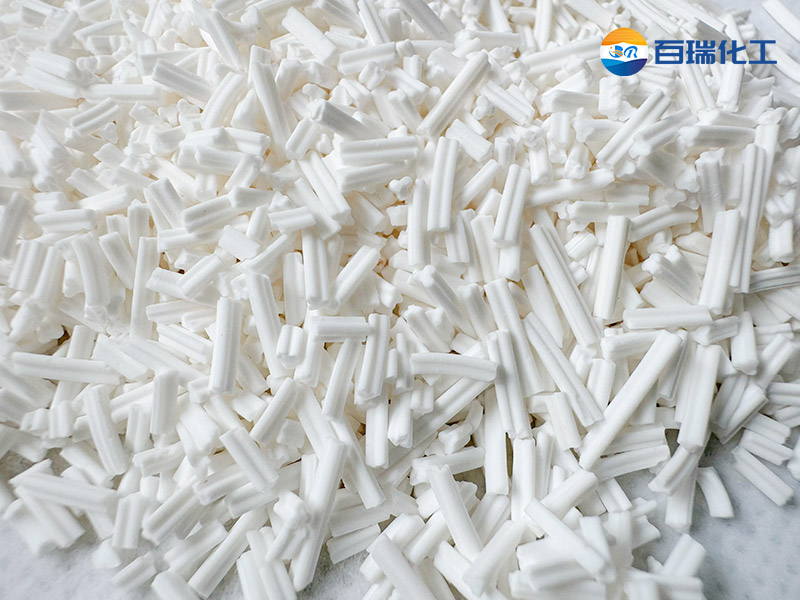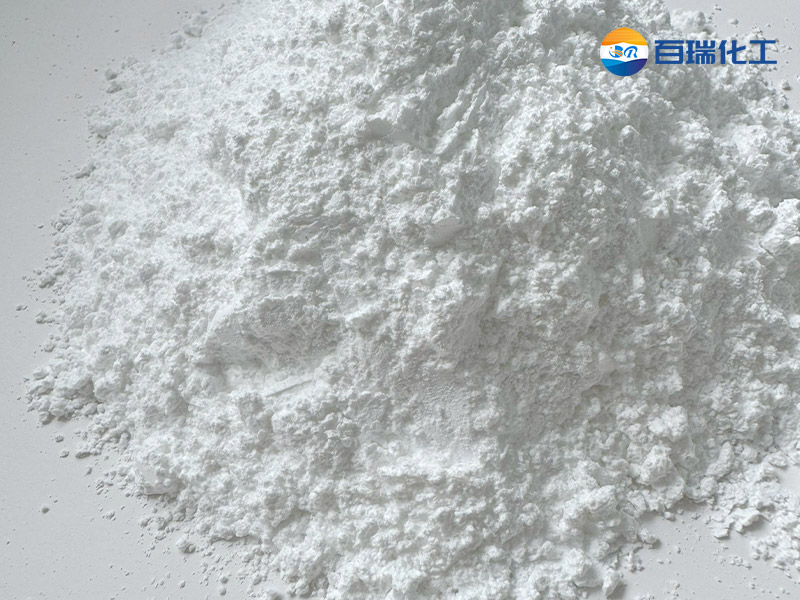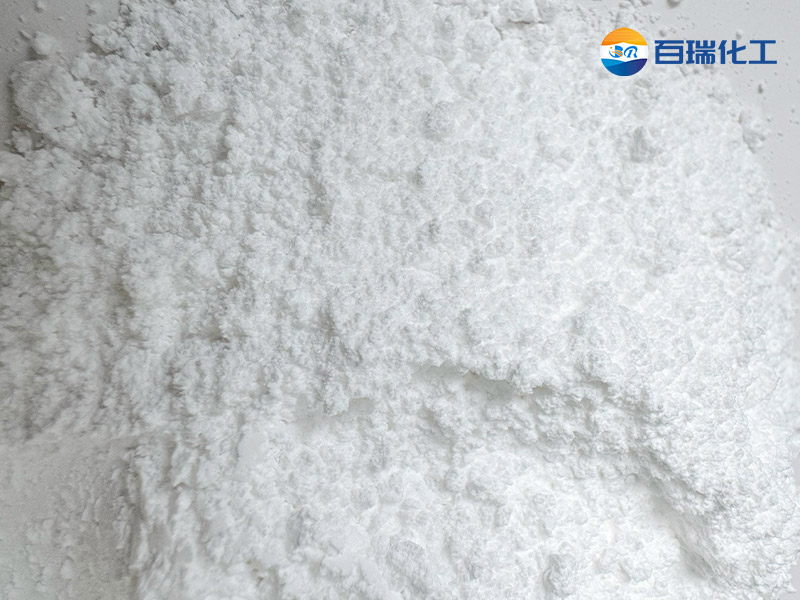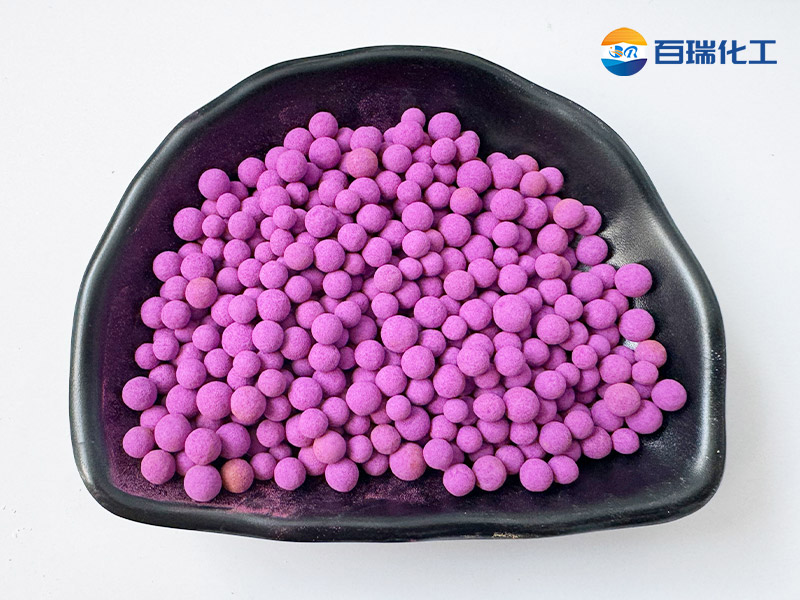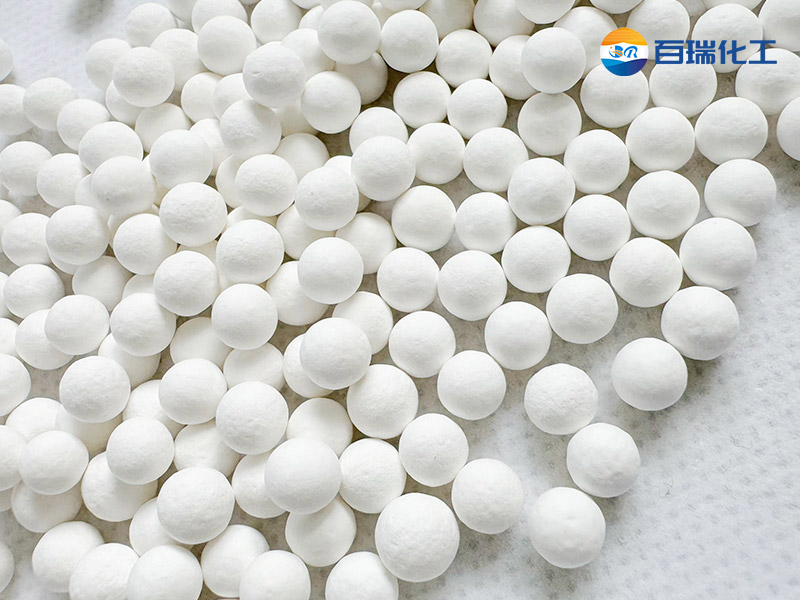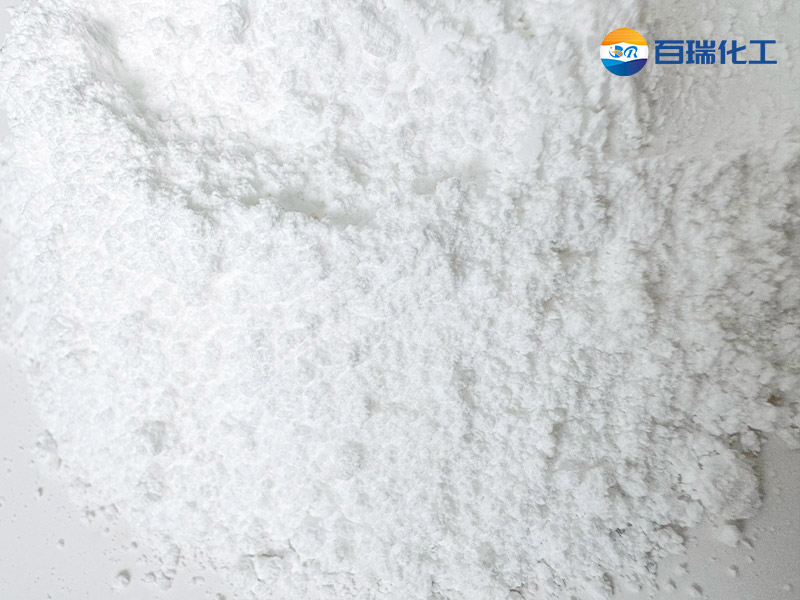The primary industrial applications of activated alumina as an adsorbent include gas drying, liquid drying, water purification, selective adsorption in the petroleum industry, and chromatographic separation processes.
Due to its strong affinity for water, activated alumina is widely used in gas drying. The main gases that can be dried with activated alumina are: acetylene, pyrolysis gas, coke oven gas, hydrogen, oxygen, air, ethane, hydrogen chloride, propane, ammonia, ethylene, hydrogen sulfide, propylene, argon, methane, sulfur dioxide, carbon dioxide, helium, nitrogen, chlorine, etc. Since activated alumina emits a large amount of heat when it adsorbs water, it is necessary to design the application based on the drying capacity, drying speed, heat exchange and regeneration methods.
The liquids that can be dried by activated alumina mainly include: aromatic hydrocarbons, polymer olefins, gasoline, kerosene, cyclohexane, propylene, butene and many halogenated hydrocarbons. When these liquids come into contact with alumina, they do not react or polymerize, and the dry liquid does not contain components that are easily adsorbed on the surface of alumina and are not easily removed during regeneration.
In terms of water purification, activated alumina is not only mainly used to remove fluoride in drinking water, but also has an effect on the color of industrial sewage. In addition, activated alumina is also widely used in the recovery and selective adsorption of carbohydrates and the maintenance of power system oils.
Activated alumina has a wide range of applications in adsorbents, catalysts and catalyst carriers due to its large specific surface area, a variety of pore structures and pore size distributions, and abundant surface properties.
Alumina for adsorbents and catalyst carriers is a fine chemical and a special chemical. Different uses have different requirements for physical structure, which is why it has strong specificity and many varieties and grades. According to statistics, the number of catalysts and carriers used as alumina is more than the total amount of catalysts used in molecular sieves, silica gel, activated carbon, diatomaceous earth and silica aluminum gel. This shows that alumina plays an important role in catalysts and carriers. Among them, η-Al2O3 and γ-Al2O3 are important catalysts and supports, both of which are spinel structures with defects, and the difference between the two is: the crystal structure of tetrahedra is different (γ>η), the hexagonal stacking regularity is different (γ>η) and the Al—O bond distance is different (η>γ, the difference is 0.05~0.1nm)
![]()


